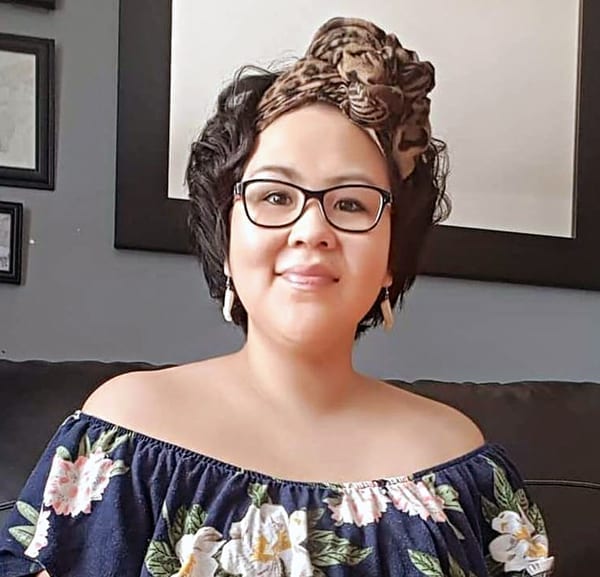While Nunavut Day is two months away, this weekend marked a perhaps more important anniversary for the territory.  As of April 1, it’s been 20 years since the first day a person in this territory walked outside their doors as a resident of Nunavut.
As of April 1, it’s been 20 years since the first day a person in this territory walked outside their doors as a resident of Nunavut.
Twenty years ago, Richard Tiktak told Kivalliq News the realization of what was about to happen occurred to him the night before, during a snowmobile rally and parade in Rankin Inlet to celebrate the birth of the territory.
“I started to feel last night like we’re finally going to get the chance to govern ourselves,” said Tiktak.
“We’ll have our own voice, the voice of our own people.”
Traditional games, a community feast and snowmobile races took place in Coral Harbour. Fireworks lit up the sky in Chesterfield Inlet.
Naujaat, then Repulse Bay, kicked off celebrations with a snowmobile parade.
While Whale Cove celebrated, Arviat raised the flag and picked its first Mr. and Mrs. Nunavut. Baker Lake held a carnival and launched fireworks as well.
Then-youngster Alex Angidlik told Kivalliq News he’d always remember the day.
“I’m happy because it’s now our land,” he said.
The significance of that is huge, not only in the territory’s own young history but in that of the country.
The Nunavut Land Claim Agreement, now called the Nunavut Agreement, was the largest Indigenous land claim settlement in Canada’s history, with the greatest number of beneficiaries.
As Indigenous peoples around the country began to rise up and demand the fulfilment of old promises and obligations on the part of the Crown, the idea of self-government also gained particular prominence.
Several Inuit – including John Amagoalik, Eric Tagoona, Peter Ittinuar, Zebedee Nungak and many others – worked hard for years to hammer out the NLCA.
While Kivalliq News couldn’t arrange an interview by press time with Piita Irniq, the territory’s second commissioner of Nunavut, he told Nunavut News he sees the last 20 years as a success.
“We have graduated about 10 Inuit lawyers. We have graduated more Inuit in the medical field, such as nurses. We have graduated a young Inuk surgeon from Igluligaarjuk (Chesterfield Inlet),” he said.
“That is a big achievement for a young territory.”
Looking forward, a few Kivalliq residents named one particular project they’d like to see accomplished in the next 20 years: a road from Manitoba to the region.
“That’s one project that should be aimed for,” said Unainak Lorraine Kablutsiak. “It would drastically lower the cost of food and necessities. It would also open doors to taking real vacations for everyone that live up here.
“Most don’t take vacations because of the high airline transportation costs.”
Alex Tunalaaq suggested the link could be a winter road.
Last year, the federal government rejected a proposal to begin developing a road between the province and territory, but the discussion over it has been ongoing for years and is certainly still alive.
Beyond the enormity of the project – 1,200 kilometres through the tundra – some residents have concerns with what it could bring in.
Natasha Angajaaq Tattuinee suggested that such a road could increase bootlegging into the territory.
Michelle Malla’s vision for the next 20 years had to do with a different sort of link – the one between people in the territory.
“In the next 20 years here in Nunavut, my vision is to see Inuit girls and women supporting each other,” she said. “Women power. Imagine girls and women understanding and respecting each other.
“Imagine confident girls and women everywhere working towards the same common goal which is to make our territory strong in the belief of getting more role models for the generation that is yet to come.”
Kaila Anawak-Gamble says there is lots of work to be done.
“I’m hoping for nothing but the best for our future generations – updated housing units, elders facilities in each community, no open pit mines as it’s ruining our lands, our catches and our waters,” she said.
“And I hope our children learn freedom of speech but also keep our language strong.”
– with files from
Michele LeTourneau